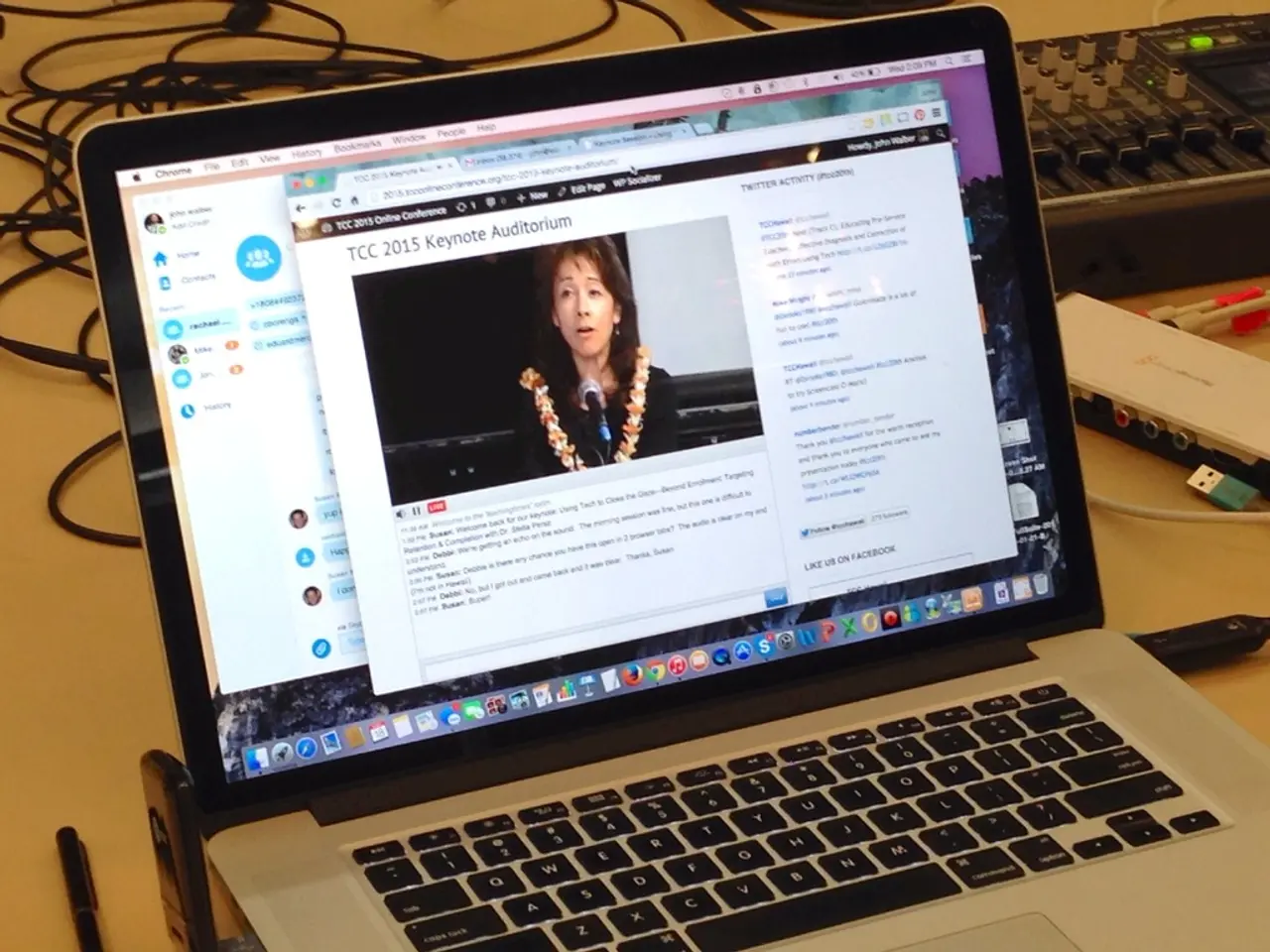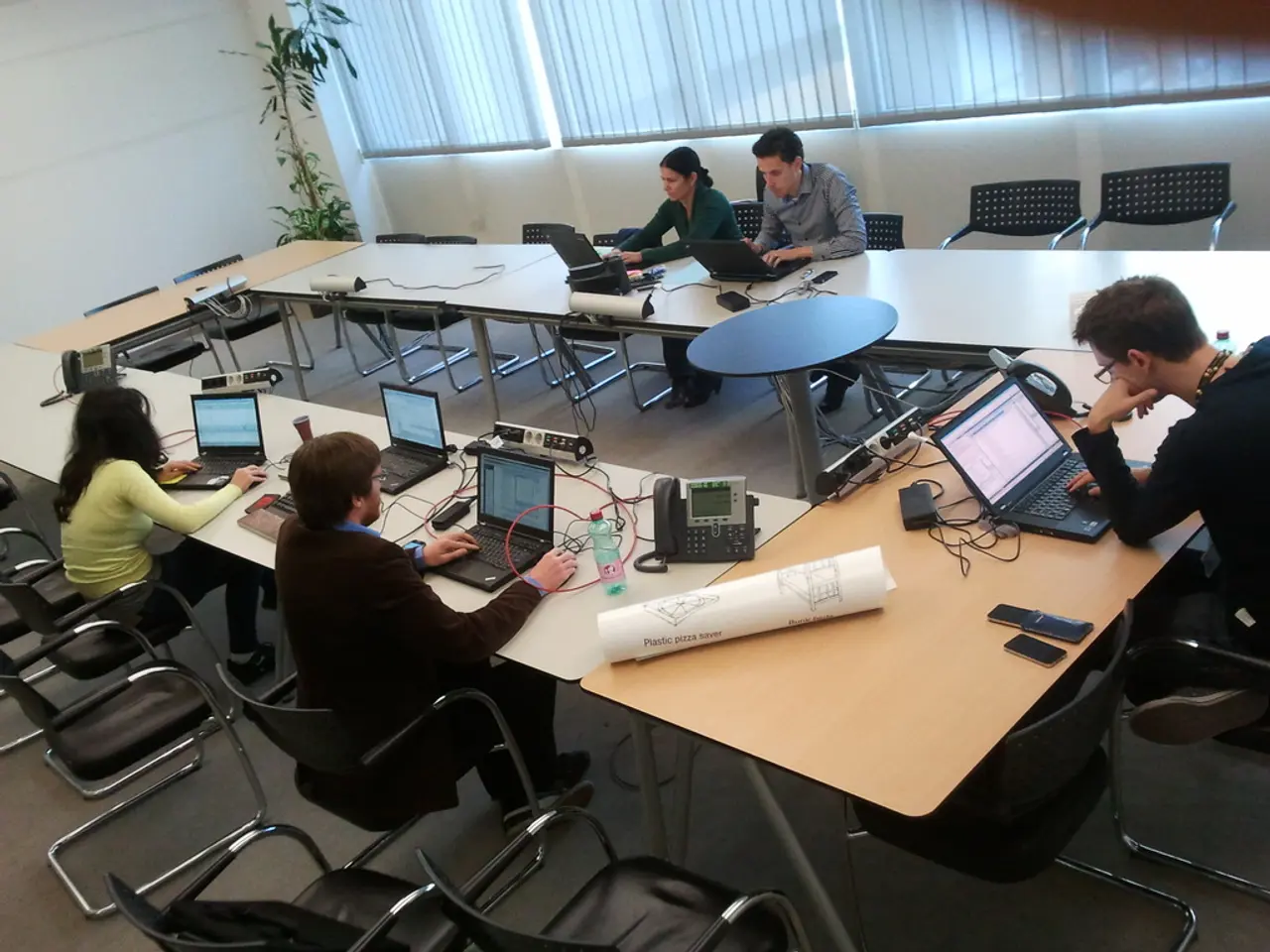Potential Fire Hazards at American AI Data Centers Could Threaten Power Infrastructure
A new report published by Bloomberg has highlighted concerns about the impact of AI-powered data centers on the stability of the U.S. energy grid. The report, which was based on an analysis of data from 1 million home sensors tracked by Whisker Labs and market analytics from DC Byte, suggests that the proximity of these data centers to existing grid infrastructure could exacerbate local demand peaks, challenging grid operators to maintain stability and avoid disruptions.
The report indicates that the rapid growth in data center energy consumption, with AI workloads representing up to 40% of global data center power demand by 2026, risks overloading local transmission and distribution if not carefully managed. The clustering of AI data centers near existing grid infrastructure can overload transmission lines, transformers, and substations, since many regions lack sufficient reserve or dispatchable power capacity to accommodate sudden spikes or sustained demand increases.
One key concern is the unpredictable energy demands of AI-driven data centers. These centers require very high-density compute power, which stresses grid capacity especially in regions where infrastructure is already limited. This surge in demand far outpaces the current supply capabilities of many grid areas, creating constraints that heighten the risk of instability or outages.
Another issue is the cooling and water demand of these high-density AI workloads. The intertwined rise in water and energy demand further complicates grid reliability and infrastructure planning. High-density AI workloads increase heat generation, boosting cooling needs that also consume significant energy and water resources.
The report warns that these issues could lead to appliance failures, increase fire risks, and cause power outages. In fact, over half of households experiencing significant power distortions are located within 32 km of major data centers. Aman Joshi, Chief Commercial Officer of Bloom Energy, commented that no power grid is designed to handle load fluctuations from one or more data centers at a single time.
However, not everyone is convinced by the report's findings. A spokesperson for Illinois' largest utility company, Commonwealth Edison, expressed skepticism regarding the accuracy of Whisker Labs' claims. The spokesperson noted that the company's own data did not show significant problems related to data centers and power disruptions.
In July, Bernstein forecasted when the U.S. might face electricity shortages due to AI, adding to the growing concerns about the impact of these data centers on the energy grid. The report concludes that proactive, integrated planning and infrastructure investment are essential to mitigate these risks effectively, including effective siting and integration that accounts for electrical capacity, cooling resource availability, and environmental factors. Additionally, the report suggests the need for streamlined permitting and prioritization of dispatchable power sources (coal, gas, nuclear) to bolster grid supply, but warns that these policies may delay renewable integration and not fully address grid flexibility needed for AI load growth.
- The report, based on data and market analytics, indicates that the increase in AI data center power consumption could lead to appliance failures, increased fire risks, and power outages, especially in regions with limited infrastructure.
- The clustering of AI data centers near existing grid infrastructure can pose a challenge to maintaining stability, as many regions may lack sufficient reserve power capacity to accommodate sudden spikes or sustained demand increases from these centers.
- Technology advancements in AI-powered data centers, which account for up to 40% of global data center power demand by 2026, have raised concerns about their impact on climate change, as their unpredictable energy demands and cooling requirements can further complicate grid reliability and infrastructure planning.




